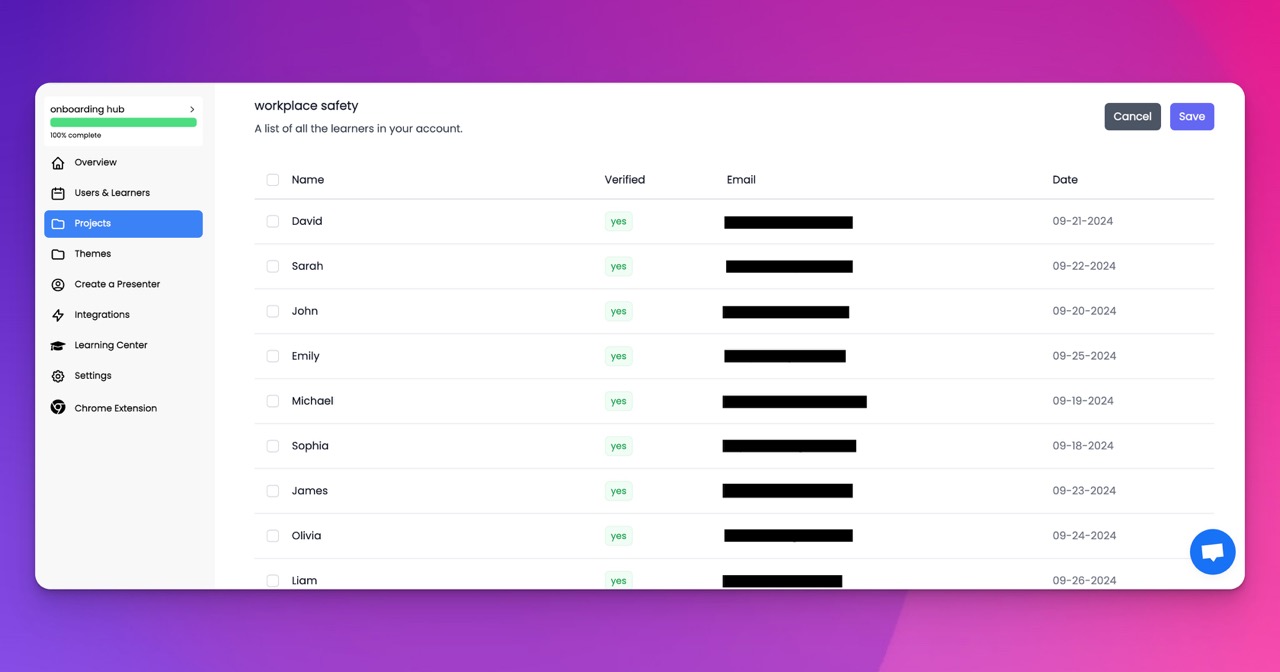🎉 Trainday now integrates with Zendesk and Hubspot 🎉 Trainday now integrates with Zendesk and Hubspot 🎉 Trainday now integrates with Zendesk and Hubspot
🎉 Trainday now integrates with Zendesk and Hubspot
Contact
OSHA Compliance
"BIM Compliant: Navigating The Ins And Outs Of Building Information Modeling Standards"
Building Information Modeling (BIM) has revolutionized the way construction projects are planned, designed, and executed. This digital technology allows architects, engineers, and construction professionals to create 3D models of buildings and infrastructure, which can be used to visualize, simulate, and analyze every aspect of a project before construction begins. However, in order for BIM to be truly effective, it is essential that projects are BIM compliant and adhere to specific standards.
BIM compliance refers to the adherence to a set of industry standards and protocols that ensure consistency and interoperability between different software platforms and project stakeholders. These standards govern the way information is shared, exchanged, and managed throughout the project lifecycle, from design and construction to maintenance and operation.
One of the most widely recognized BIM standards is the BuildingSMART Data Dictionary (bSDD), which provides a common language and classification system for organizing and exchanging BIM data. By standardizing the way information is structured and formatted, bSDD enables project teams to collaborate more effectively and avoid costly errors and miscommunications.
Another important BIM standard is the Industry Foundation Classes (IFC) schema, which defines a common data model for sharing BIM information between different software applications. IFC ensures that project data can be seamlessly exchanged between different platforms, allowing stakeholders to work together seamlessly regardless of the software they are using.
In addition to these technical standards, BIM compliance also involves the adoption of best practices and workflows that support the effective implementation of BIM on a project. This includes the use of BIM Execution Plans (BEPs) to define project-specific requirements and responsibilities, as well as the establishment of clear communication channels and protocols for exchanging information.
Navigating the ins and outs of BIM standards can be complex, but it is essential for ensuring the success of a BIM project. By understanding and adhering to industry standards such as bSDD and IFC, project teams can streamline their workflows, improve collaboration, and ultimately deliver better outcomes for clients.
In conclusion, BIM compliance is crucial for the successful implementation of Building Information Modeling on construction projects. By following industry standards and best practices, project teams can ensure that information is shared and managed effectively, leading to more efficient and cost-effective project delivery. By staying informed and up-to-date on BIM standards, professionals can navigate the complexities of BIM with confidence and achieve better results for their clients.
Accelerate Compliance.
Deliver OSHA-Ready Courses Instantly.
Empower your team with data-driven training solutions tailored to your industry's safety standards. Stay compliant, reduce risks, and boost productivity with AI-powered course creation.
